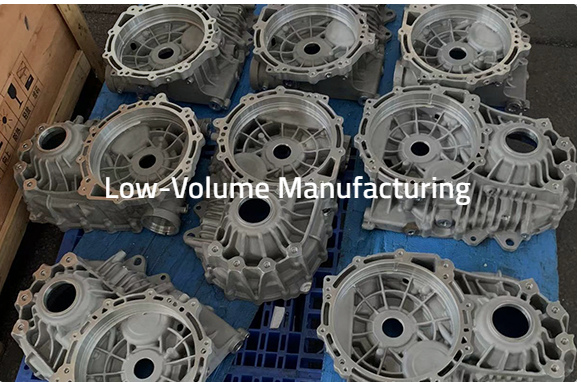Rapid casting with 3D printing is a high-tech method uniting old foundry techniques with newest 3D printing technologies to deliver complicated metal parts fast and precisely. This semi-transparent method uses a mixture of the two methods: the ability and speed of 3D printing and alloys, which are mainly used in metal casting.
The Process: How It Works
The process of producing a component via 3D printing rapid casting begins with a fine 3D model of the particular component part, which is then used to print a wax or resin built to a single layer at a time. This pattern is the template for the final metal part. After the pattern is printed, it is enclosed with ceramic shell material that hardens forming the mold. Once the mold is run through the kiln and the wax melted out, the mold will be hollowed out in the shape of the pour.
This ceramic mold is then filled with molten metal. The ceramic shell is then broken way and the cast metal part is revealed once the molten metal cools and solidifies. The part might also undergo secondary operations for better cosmetics or dimensionally accuracy, such as sanding or polishing.
Speed and Efficiency
Design to ready to use timeframe for some other old school casting methods can be in weeks or even months. This timeline is dramatically decreased by 3D printing rapid casting. Patterns may be get generated by 3D printing in hours depending on the part size and complexity. Installing multiple patterns at the same time further increases efficiencies. This rapid turnaround is particularly valuable for industries like aerospace and automotive, which require speed to market.

Precision and Customization
It can be very difficult and expensive to achieve detailed finish from traditional casting. 3D printing rapid casting takes advantage of this and is able to achieve parts with highly complex geometry and even intricate detail without surcharges. 3D printing combines craftsmanship and art type features in a method that was unimaginable a few years again as a result of this expertise permits layer heights all the way in which down to zero.
Cost-Effectiveness
However, one of the great things about 3D printing rapid casting is that it is a cost-effective method, particularly for short to medium production runs. In most cases, this accounts for vast sums of tooling money and is completely avoided in this style of production even for a few pieces of product at a time. Furthermore, only the material needed to build the pattern along with supports is used in the 3D printed without the creation of any excess of the material that is wasted.
Material Flexibility
This technology is not restricted to a single metal, also allowing manufacturers to select from a variety of materials to be based on the properties needed for the specific part. Typical materials utilized are aluminum, bronze, steel, and titanium. This flexibility enables the production of parts that precisely match the desired strength, heat resistance, weight, etc.
3D printing rapid casting is an integration of the old and new methods of manufacturing, but it provides an advanced solution for producing metal parts of complex geometries in an expedited manner, where time and cost are significantly reduced. This technology will change the broader industry of manufacturing and design as it supplies a new generation of what is possible with metal casting.
